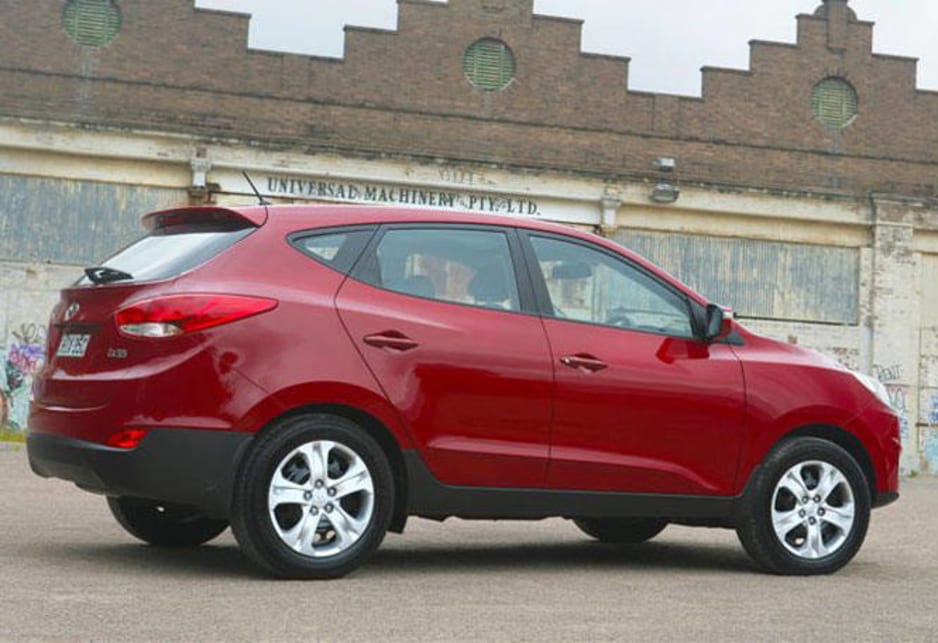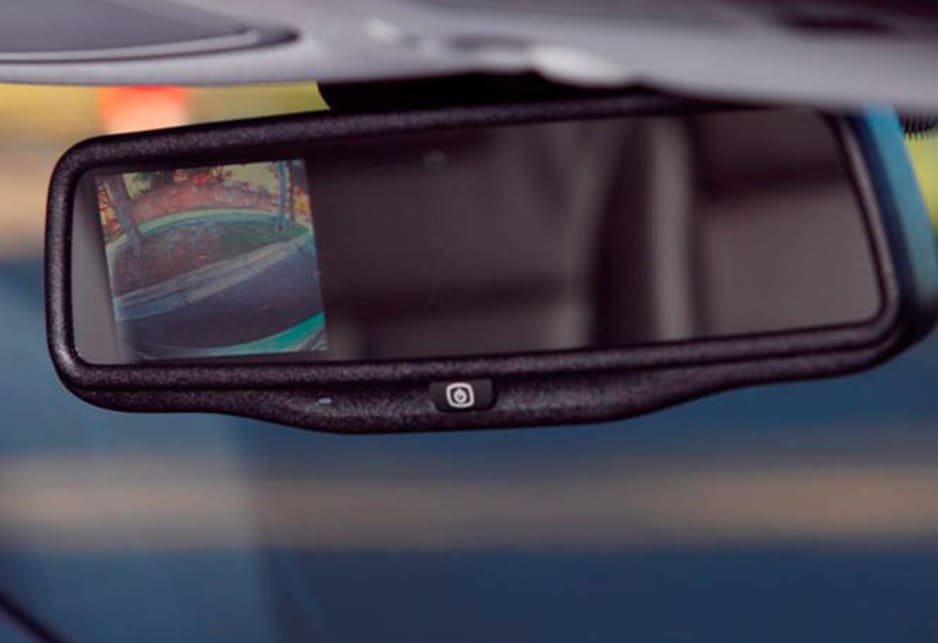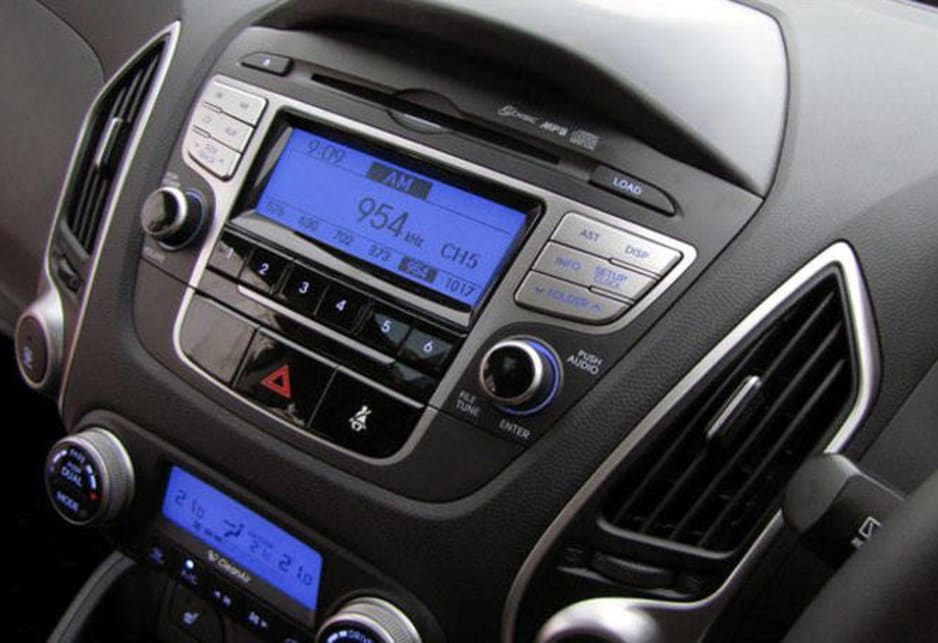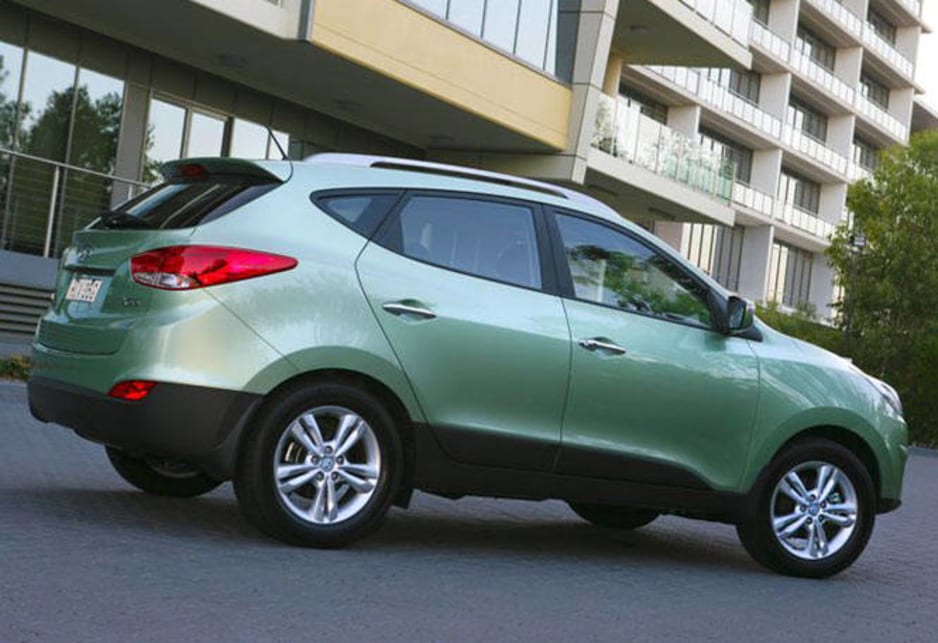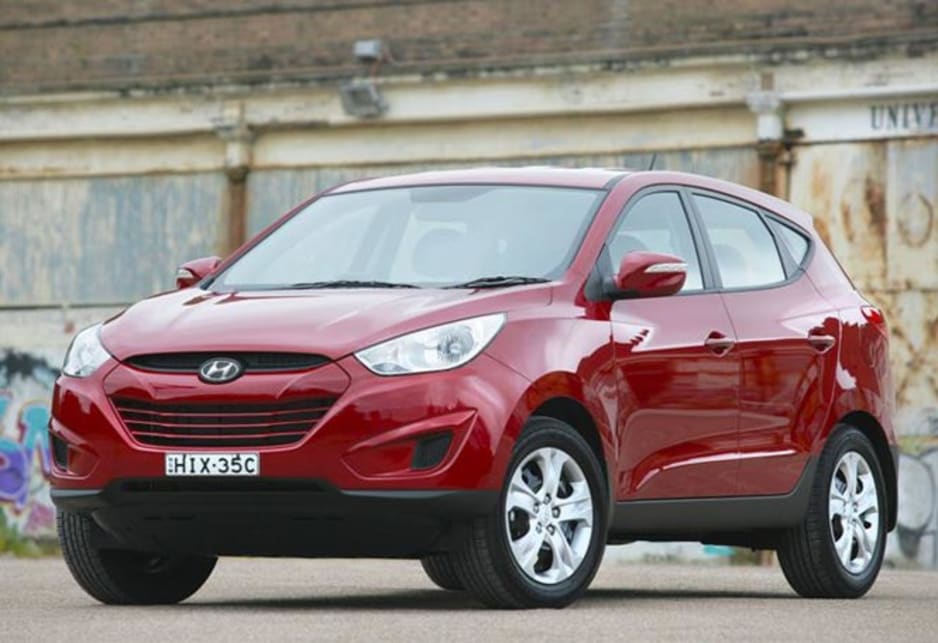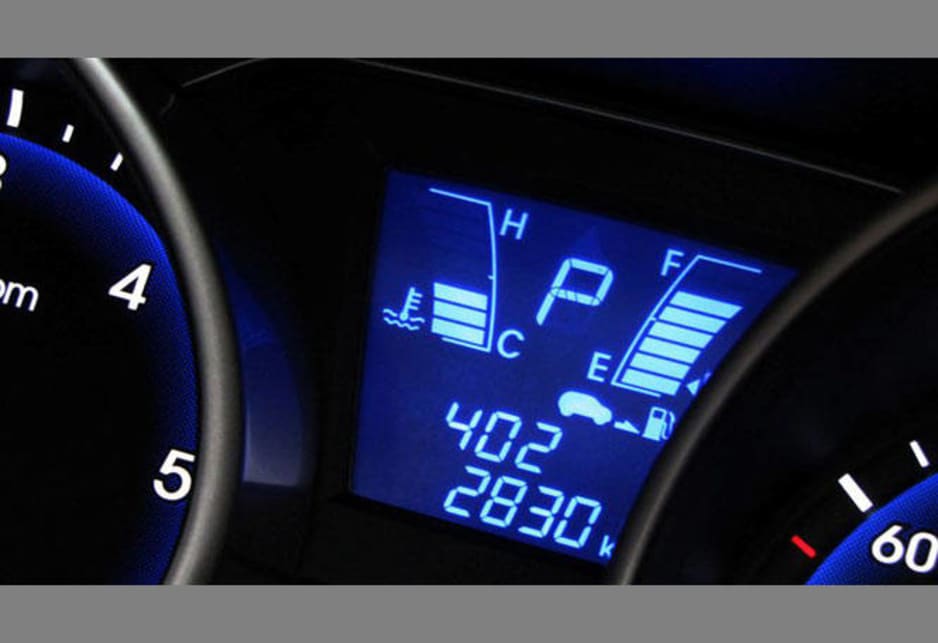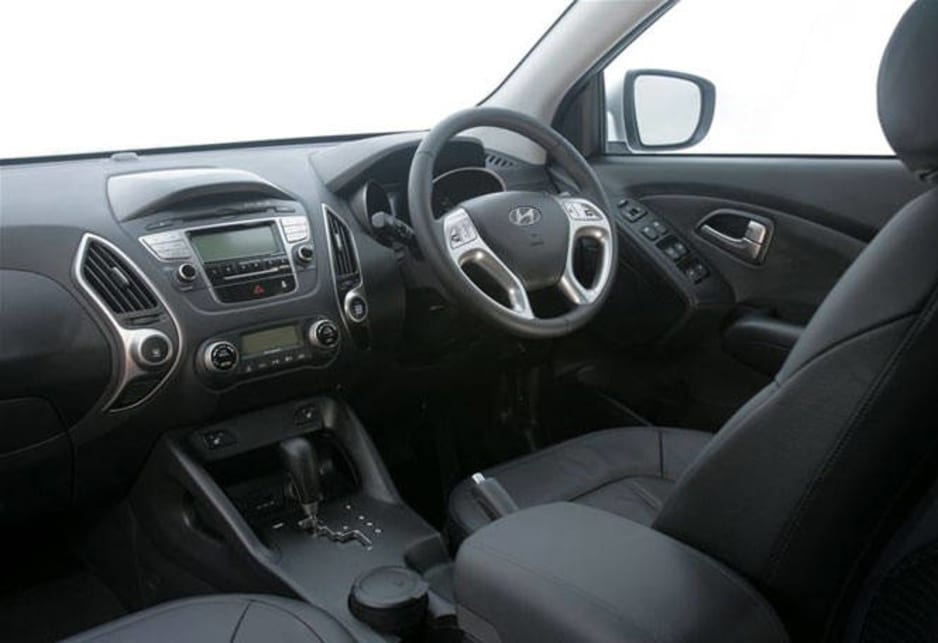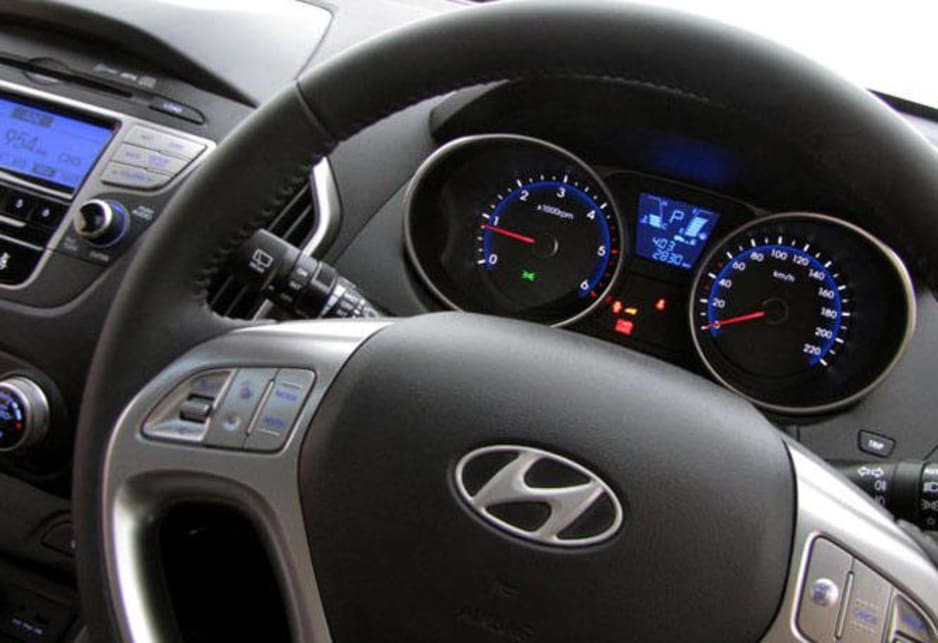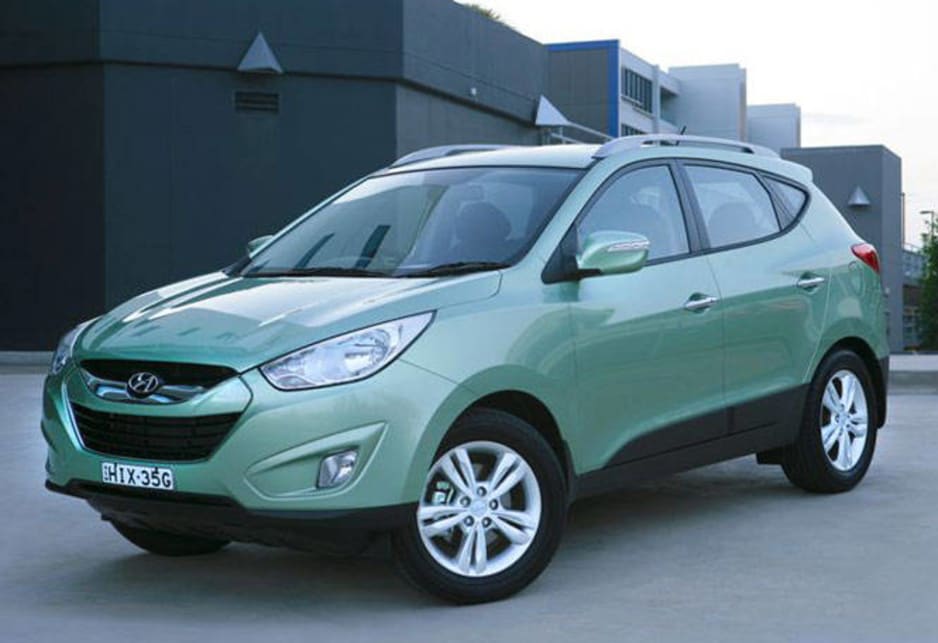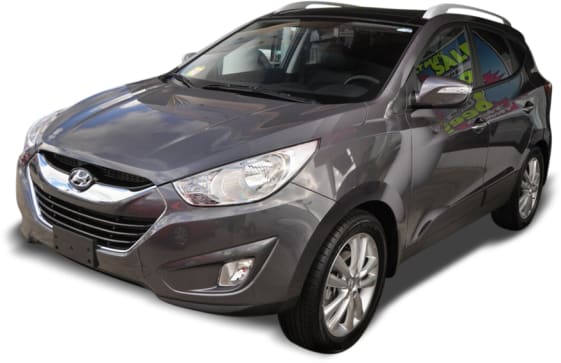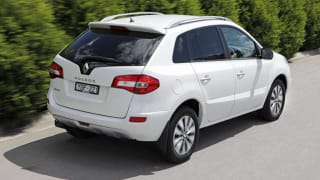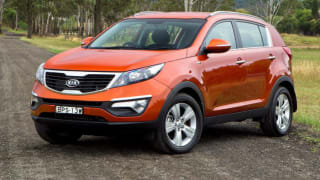Korean tiger brand Hyundai is thinking outside the square – or at least outside the box – with the new ix35 compact SUV.
The latest of the long parade of vehicles that have been lifting its range out of the bargain basement and onto the ‘desirable’ shelf, the newcomer has moved far from the hackneyed faux-4WD boxiness that plagues the segment.
Replacing the Tucson, the ix35 has sleeker design, front-wheel drive and all-wheel drive versions, three engine choices and a strategically attractive equipment package designed to lure buyers away from the premium brands at a household price. Hyundai is aiming at the 25-45 age group, young families and – of course – the oft-touted ‘active lifestylers’… whoever that is.
Body and appearance
European-influenced styling, penned at Hyundai’s Design Centre Europe at Russelsheim in Germany, uses the hexagonal grille from the ix-onic concept with concave and ‘double z’ planes adding some edginess to the body. Sadly, it loses the show car’s intense lines, but the dilution keeps enough hints for you to see a resemblance. And it’s still a great-looking result.
Muscular front and rear bumpers areas, a rear roof spoiler and swollen wheel arches add a slightly aggressive air. But slanted lines all around – the z-shaped planes along the shoulder and doorsill levels, sweeping light clusters and raked front and rear pillars – keep it away from being boxy.
It’s a shape that will recall some of the Lexus SUVs, plus others like the Murano who have in recent years tried to escape the square lines. But the ix35 adds a far more interesting treatment of the front and sides to go with it. The new SUV is about 10mm longer – and on a similarly-extended wheelbase – than the Tucson. However the ground clearance, which was 125mm on the previous 2WD and 186mm on the AWD, has for the ix35 been averaged out to 170mm. That’s enough to cope with a lot of rough tasks, but that extra height would have been helpful to weekend warriors.
Drivetrains
While the V6 engine from the Tucson has been dropped, three engines are available – two petrol and one diesel – with a six-speed automatic on all and a five-speed manual on the smaller of the petrol units. That engine is the Theta II – the second version of Hyundai’s little global 2.0-litre inline four-cylinder that has now shed 10kg for better fuel efficiency. It develops 122kW of power at 6200rpm and 197Nm of torque at 4600rpm. Hyundai claims fuel economy of 8.5L/100km combined (11.4L city and 6.8L highway) with either gearbox and emits 201gm/km of CO2.
The larger petrol engine – also a Theta II inline four-cylinder – has outputs of 130kW at 600rpm and 227Nm at 4000rpm, and uses 9.2L combined (12.4L city and 7.3L highway) and posts 219gm/km of CO2.
The 2.0 R-series turbodiesel – which won its category in last year’s non-solar section of the Global Green Challenge eco race down the centre of Australia – uses 7.5L combined (10.1L city and 6.0L highway) and 198gm/km of CO2. It develops 135kw at 4000rpm and a hefty 392Nm from 1800-2500rpm. That gives it an enviable low-down amount of muscle, but towing capacity is uniform across the variants at 750kg unbraked and 1600kg braked.
Pricing and variants
The front-wheel drive Active costs $26,990 with the 2.0-litre petrol mated to the manual gearbox and $2000 more with the automatic. That’s only about $1500 more than the official price of the Hyundai Tucson City it replaces, but we saw that vehicle drop to $22,990 drive-away towards the end of its life.
The all-wheel drive Elite is $31,990 with the 2.4-litre petrol engine and $34,990 with the 2.0-litre R-series turbodiesel (both with auto). And at $37,990, the AWD Highlander offers the same turbodiesel and six-speed auto, but with an extra load of equipment.
Hyundai expects that once it gains market traction over the next three months, the ix35 will match the 1000/month sales of the outgoing Tucson, and expects that the Active and the Elite will take up about 45 per cent of sales each, with the Highlander snaring the remaining 10 per cent. However nothing is every certain, says their CEO, Edward Lee. “We estimated the same in the Santa Fe, but the Highlander level in it is now selling at around 40 per cent,” he says.
Interior
The cabin has a modern feel with dark and metal-finish accents, and a stack of equipment. The driver is treated to six-way power adjustment even in the base model, while the backseat passengers get a mid-bench armrest. Cupholders, bottleholders, map pockets and other storage nooks are liberally scattered around, while luggage space of 730 litres grows to 1579 with the rear seat folded down.
Equipment
The base spec Active gets all the usual kit, plus USB/iPod-compatible audio – with its buttons joining those of the cruise control on the steering wheel, and 17-in wheels (with full-sized spares across the range). The Elite gets alloys, roof rails, foglamps, auto headlights, leather touches and push-button start, ‘proximity open’ that activates buttons on the doors and tailgate (so you don’t have to fish your keys out as you approach).
The top-spec Highlander gets 18-in alloys, a panoramic glass roof, full leather upholstery, heated front seats, power folding mirrors, a reversing camera incorporated into the rear-view mirror, dual-zone climate control airconditioning and a six-stacker CD player.
Safety
But it’s the standard safety package that’s noticeably generous, with six airbags (including side curtains), active front headrests, anti-skid brakes with assist for extra anchor when needed plus brakeforce distribution to compensate for weight distribution, with hill start assist and downhill brake control to keep speed steady on the slopes.
Driving
We expected a lot from the ix35, and by and large it delivered. It looks great both inside and out – fresh and stylish – and the attention to equipment and safety is admirable. It’s rare to find features like six-way power adjustment on a driver’s seat at base level, for example.
And that’s why we were puzzled that the steering wheel had tilt adjustment but not reach – an addition that should cost little but adds a lot in terms of letting tall drivers get comfortable, because it means you can get close enough to the steering wheel without your kneecaps banging on the dash.
However Hyundai says they are talking to head office about adding reach, which was not available on the cars for Australia, and are confident it will arrive in the future. But there was no disappointment with the AWD diesel Highlander we started off in. The turbo powerplant was grunty and responsive – and a good contender for towing small boats or weekend trips.
The suspension worked brilliantly to absorb some nasty stretches of corrugated dirt and potholes, with little sign of it banging except for the kind of hole that swallows small animals. And it’s a reasonably taut drive for an SUV, sitting well around corners.
The auto transmission was a capable performer, helped by the fact that even at high speeds it would transfer down one gear when you switched over to the mock-manual mode – a logical move, since if you’re switching to manual it’s generally because you want to get a bit more urge. The steering was the main letdown, with the lightness of feel that would be perfect around town proving to be a bit on the airy side for winding roads.
Our impression of the base model two-wheel drive 2.0-lite petrol version was probably undermined by having just stepped out of the diesel. But there was no getting around the petrol engine’s lacklustre approach to tasks like hills and overtaking. And even switching to the manual mode on this variant didn’t help a great deal. Although at 1485kg it’s about 200kg lighter than the Highlander, the little engine struggled with the effort.
Nor did the front-wheel drive system impress on the rough country roads we were putting it through. But to be fair, this is a vehicle whose natural habitat is the city. The 2.4-litre petrol AWD fared better, offering more enthusiasm on slopes and more liveliness off the line.
Our measurement of the acceleration, while being fairly unscientific, still showed it got to 100km/h about 25 per cent faster than the 2.0-litre. And that will come into play for anybody who wants a petrol ix35 to live outside the city limits. But even after a brief stint with it, the diesel is still our pick. We loved the style across the range, but there’s no substitute for substance.



